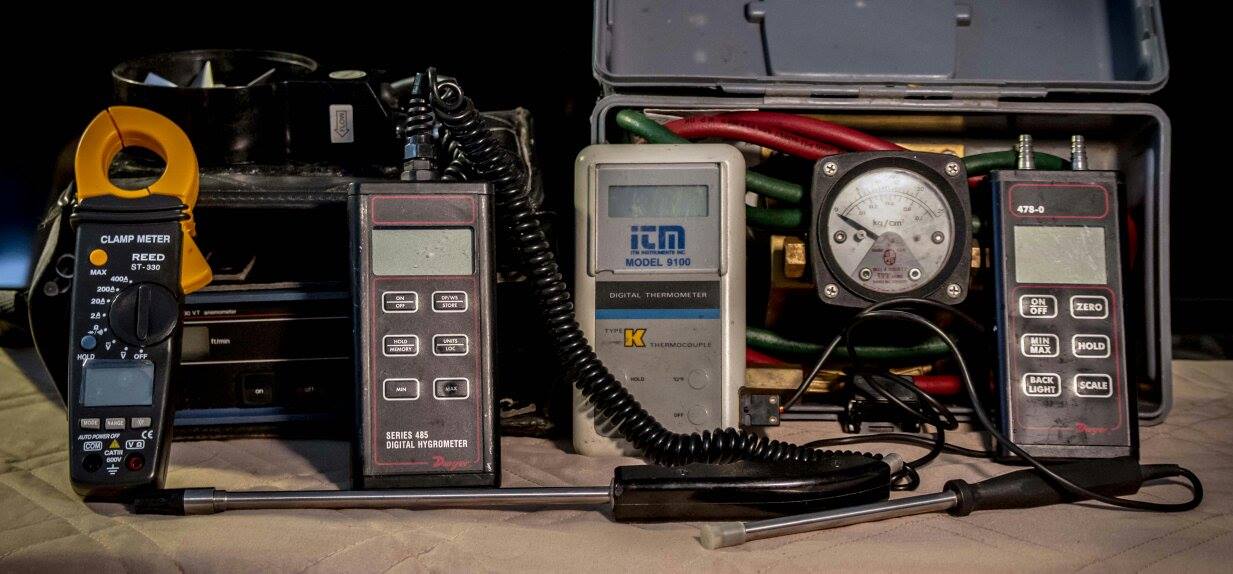Prestress Concrete, What is prestress concrete, Explain prestress concrete

To Prestress Concrete speaks to what is prestress concrete, explain prestress concrete.
It is a procedure to improve the strength of concrete when in tension. It is often used to produce beams, floors or bridges with a longer span than is practical with ordinary reinforced concrete.
Prestressing can be done with three methods: pre-tensioned concrete, and bonded or unbonded post-tensioned concrete.
When a beam supports a load, the compression side of the beam is squeezed slightly and the tension side is stretched. In a reinforced concrete beam, the tendency to stretch is resisted by the reinforcing steel but not by the brittle concrete. When the steel stretches under tension the concrete surrounding it forms cracks that run from the edge of a beam to the horizontal plane in the beam above which compressive forces occur.
The cracks are visible to the eye in reinforced concrete beams that are loaded to or beyond the full loading capacity. In fact, over half of the concrete in the beam is doing no useful work except to hold the steel in position and protect it from fire and corrosion.
If the reinforcing bars could be stretched to a high tension before the beam is loaded and then released against the surrounding concrete they would place the concrete in compression. If a load were subsequently put on the beam, the tension in the stretched steel would increase further and the compression in the concrete surrounding the steel would diminish.
Prestressing tendons (generally of high tensile steel cable or rods) are used to provide a clamping load which produces a compressive stress that balances the tensile stress that the concrete compression member would otherwise experience due to a bending load. Traditional reinforced concrete is based on the use of steel reinforcement bars, rebars, inside poured concrete.
If the initial tension of prestress in the steel bars was great enough, the surrounding concrete would never be subjected to tension and no cracking would occur. Hence the beam would be capable of carrying a much greater load with the same amounts of concrete and steel than if it were reinforced in the conventional manner. This is in fact the rational for prestressed concrete.
Prestressed members particularly those designed to work in bending, contain less concrete than reinforced members of equivalent strength and thus are in general less expensive. Their lighter weight also pays off by making precast, prestressed concrete members easier and cheaper to transport. For this reason structural precast concrete used for slabs, beams and girder, and on occasion columns, is typically prestressed.
Note that ordinary reinforcing bars are not strong enough to serve as prestressing steel as it is only practical with extremely high strength steel strands manufactured for that purpose. These are made of cold drawn steel wires that are formed into small diameter cables.
Return from Prestress Concrete to Home Page
Return from Prestress Concrete to Explain Concrete
Hard copy and E book for sale. Introduction to Building Mechanical Systems. Click here.